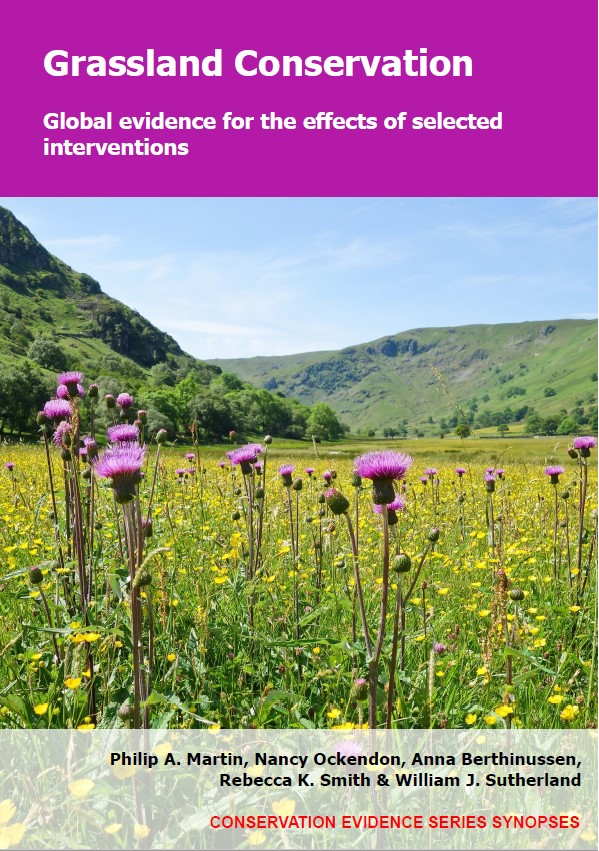Add woody debris to protect seeds/plants
-
Overall effectiveness category Evidence not assessed
-
Number of studies: 1
View assessment score
Hide assessment score
How is the evidence assessed?
-
Effectiveness
not assessed -
Certainty
not assessed -
Harms
not assessed
Study locations
Supporting evidence from individual studies
A replicated, randomized, paired, controlled study in 2002–2003 in degraded rangelands in north central Kenya (King & Stanton 2008) found that sowing buffel grass Cenchrus ciliaris beside piles of branches did not affect seedling survival. At the end of the first growing season, there was no significant difference in survival between buffel grass seedlings planted next to piles of thorn branches (9%) and those without protection (6%). Survival in the second and third growing seasons after planting also did not differ significantly between seedlings with (91–98%) and without (95–100%) thorn branches. In April 2002, prior to seasonal rains, nine rows of 14 holes (14 cm diameter and 25 cm deep) were dug in bare ground. Seven holes in each row were piled with thorny Acacia branches, and seven holes were refilled as untreated controls. Buffel grass seeds (0.2 g) were sown in furrows 5 cm deep, 20 cm long and 10 cm away on either side of the rows of holes, and covered with soil. The site was grazed at a density of 0.8 sheep and goats/ha. Seedling survival was monitored from April 2002–November 2003, which included three complete growing seasons.
Study and other actions tested
Where has this evidence come from?
List of journals searched by synopsis
All the journals searched for all synopses
This Action forms part of the Action Synopsis:
Grassland Conservation
Grassland Conservation - Published 2021
Grassland Synopsis





)_2023.JPG)














